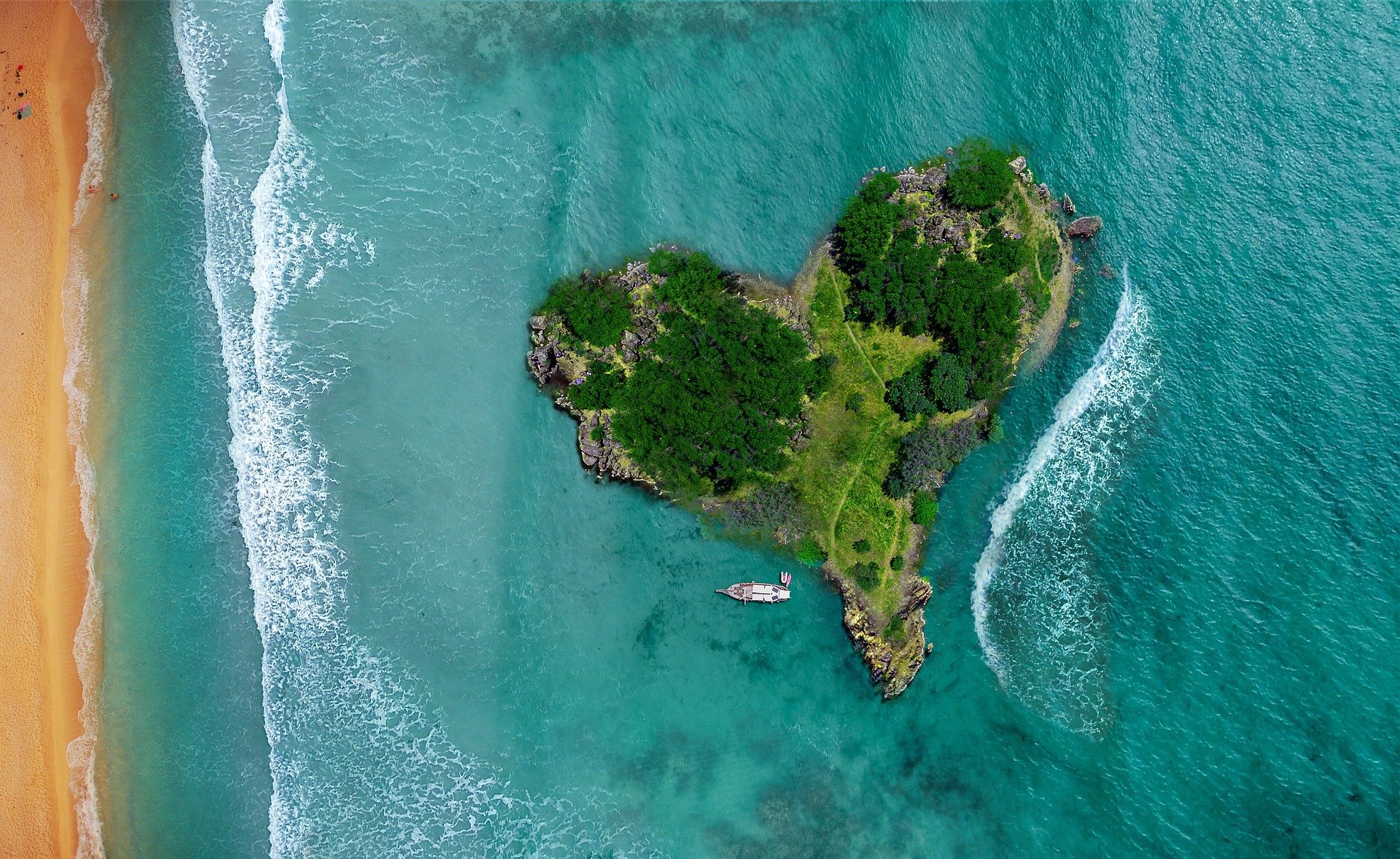Tidal Tourism: Riding the Wave of Coastal Exploration
Rising and falling with the rhythm of the moon, tides shape our coastlines and offer a unique way to experience the world's shores. Tidal tourism, an emerging trend in coastal exploration, invites travelers to sync their adventures with the ebb and flow of the sea. This immersive approach to coastal travel not only provides breathtaking views but also offers a deeper connection to the natural world and local ecosystems.

The allure of tidal tourism lies in its ability to transform familiar coastlines into ever-changing panoramas. Beaches that stretch for miles at low tide become submerged kingdoms just hours later, revealing a hidden world of marine life and geological wonders. This constant flux not only captivates visitors but also encourages a deeper appreciation for the delicate balance of coastal ecosystems.
Destinations Riding the Tidal Wave
Certain locations around the globe have become hotspots for tidal tourism, offering spectacular displays of nature’s power and beauty. The Bay of Fundy in Canada boasts the world’s highest tides, with water levels fluctuating by up to 16 meters. Here, visitors can walk on the ocean floor at low tide and kayak through the same area just hours later.
In France, Mont Saint-Michel becomes an island fortress twice daily as the tide surrounds its medieval walls. The Horizontal Falls in Australia’s Kimberley region create a thrilling spectacle as massive tidal movements squeeze through narrow coastal gorges, forming temporary waterfalls that reverse direction with each tide.
These destinations highlight how tidal tourism can showcase natural phenomena while also preserving historical and cultural sites. The interplay between human architecture and tidal forces creates a unique narrative that appeals to both history buffs and nature enthusiasts.
The Science Behind the Surge
Understanding the science of tides enhances the tidal tourism experience. Tides are primarily caused by the gravitational pull of the moon and, to a lesser extent, the sun. As the Earth rotates, the alignment of these celestial bodies creates bulges in the ocean, resulting in high and low tides.
Tidal tourists learn to read tide tables and understand concepts like spring tides and neap tides. This knowledge not only ensures safety but also allows travelers to plan their visits to coincide with the most dramatic tidal changes. Some tour operators even offer educational programs that combine tidal exploration with lessons in marine biology and coastal geology.
Sustainable Practices in Tidal Tourism
As with any form of tourism, sustainability is a crucial consideration in tidal exploration. The delicate nature of tidal ecosystems requires responsible practices to ensure their preservation. Many tidal tourism initiatives now incorporate conservation efforts, such as beach clean-ups and educational programs on marine life protection.
Tour operators are increasingly adopting low-impact practices, using electric boats or encouraging walking tours during low tide. Some destinations have implemented visitor quotas to prevent overcrowding and minimize environmental stress. These measures reflect a growing awareness of the need to balance tourism with conservation in these sensitive coastal areas.
Challenges and Opportunities
While tidal tourism offers unique experiences, it also presents challenges. Safety is paramount, as rapidly changing tides can pose risks to unprepared visitors. Tour operators must be vigilant and well-trained in reading tidal patterns and weather conditions.
Accessibility can also be an issue, with some of the most dramatic tidal destinations located in remote areas. However, this challenge has sparked innovation in eco-friendly transportation and accommodation options, such as floating hotels that rise and fall with the tides.
The seasonal nature of tidal tourism in many locations presents both a challenge and an opportunity for local economies. While peak seasons may be limited, this encourages diversification of tourism offerings and can help prevent over-reliance on a single attraction.
Navigating the Tides: Essential Tips for Tidal Tourists
• Always check tide tables and weather forecasts before embarking on tidal adventures
• Respect local guidelines and never explore tidal areas alone
• Wear appropriate footwear for walking on potentially slippery or uneven surfaces
• Bring waterproof gear and extra layers, as coastal weather can change rapidly
• Learn about the local marine life and observe without disturbing
• Consider joining guided tours for a safer and more informative experience
• Be prepared for variable schedules, as activities are dictated by tidal movements
• Contribute to local conservation efforts when possible
As travelers seek more immersive and nature-centric experiences, tidal tourism offers a perfect blend of adventure, education, and natural wonder. By aligning our explorations with the rhythms of the sea, we gain a deeper appreciation for the dynamic forces that shape our planet’s coastlines. Tidal tourism not only provides unforgettable experiences but also fosters a greater understanding of our connection to the ocean and the importance of preserving these ever-changing coastal wonders for future generations.





